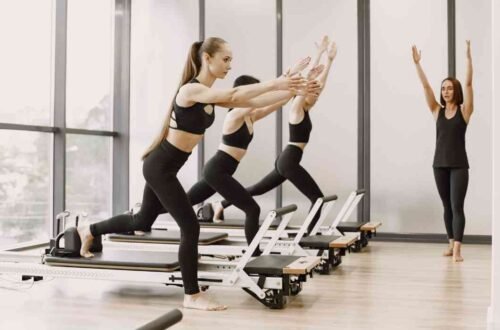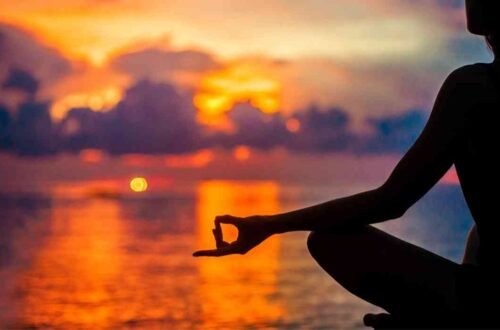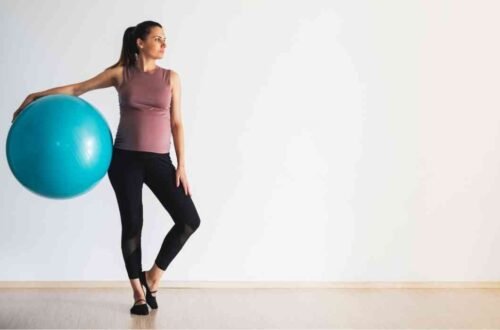
What is the most difficult yoga pose for beginners?
Yoga is a wonderful practice that can help people feel calm, strong, and flexible. But not all yoga poses are easy. Some poses can be very hard, especially when you are just starting out. In this blog post, we will explore what is considered the most difficult yoga pose for beginners, why it is so tough, and how you can work toward mastering it.
What Makes a Yoga Pose Difficult?
Before we dive into specific poses, it is important to understand what makes a yoga pose difficult.
First, a pose can be hard if it needs a lot of strength. If your muscles are not strong enough yet, holding your body in a certain way can feel almost impossible.
Second, flexibility plays a big part. Some poses need your body to stretch more than it is used to. Without enough flexibility, you might feel tight or even uncomfortable trying to get into the position.
Third, balance can make a pose tricky. Some yoga poses ask you to stand on one foot or even on your hands. Without good balance, you might wobble or fall over.
Lastly, some poses need focus and patience. It is easy to feel frustrated if a pose does not come quickly, but part of yoga is learning to stay calm and keep practicing.
The Most Difficult Yoga Pose for Beginners: The Full Lotus Pose (Padmasana)
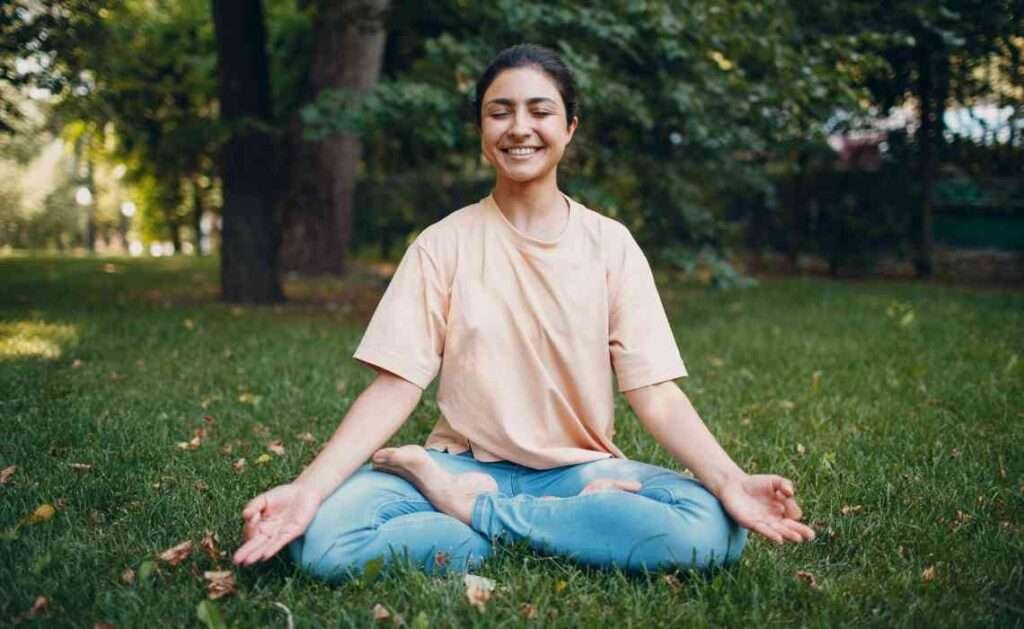
One of the most challenging yoga poses for beginners is the Full Lotus Pose, also called Padmasana. It may look peaceful when you see someone sitting in it, but it actually takes a lot of flexibility and patience to do it right.
What is the Full Lotus Pose?
The Full Lotus Pose is a sitting posture where each foot rests on the opposite thigh. Imagine crossing your legs, but instead of just folding them, you lift each foot up and place it on top of the other leg. Your knees touch the ground while your back stays straight.
This pose is famous because many people use it for meditation. It helps the body stay still for a long time without moving.
Why is Full Lotus So Hard for Beginners?
First, it demands very open hips. Many people, especially those who sit in chairs a lot, have tight hips. Tight hips make it very hard to bring the legs up and across without pain.
Second, it needs flexible knees and ankles. If these joints are not used to bending deeply, trying to force them can cause strain or even injury.
Third, the back must stay tall and straight without leaning forward. Many beginners find it tiring to hold a strong back position for more than a few seconds.
How to Work Toward Full Lotus
If Full Lotus feels impossible, that is okay. Yoga is about progress, not perfection.
Start by practicing Half Lotus. In Half Lotus, you place just one foot on the opposite thigh while the other leg stays underneath. This helps open the hips gently over time.
Try hip-opening stretches like Butterfly Pose (sitting with the soles of your feet together and knees out to the sides) or Pigeon Pose (stretching one leg back and folding the other in front). These poses help the muscles around your hips relax and become more flexible.
Be patient and kind to yourself. Some people need months or even years to sit in Full Lotus comfortably. Pushing too hard can cause injury, which is never the goal in yoga.
Other Yoga Poses That Are Also Very Difficult for Beginners
While Full Lotus is one of the hardest poses, it is not the only one. Let’s look at a few other poses that can make beginners sweat.
1. Crow Pose (Bakasana)
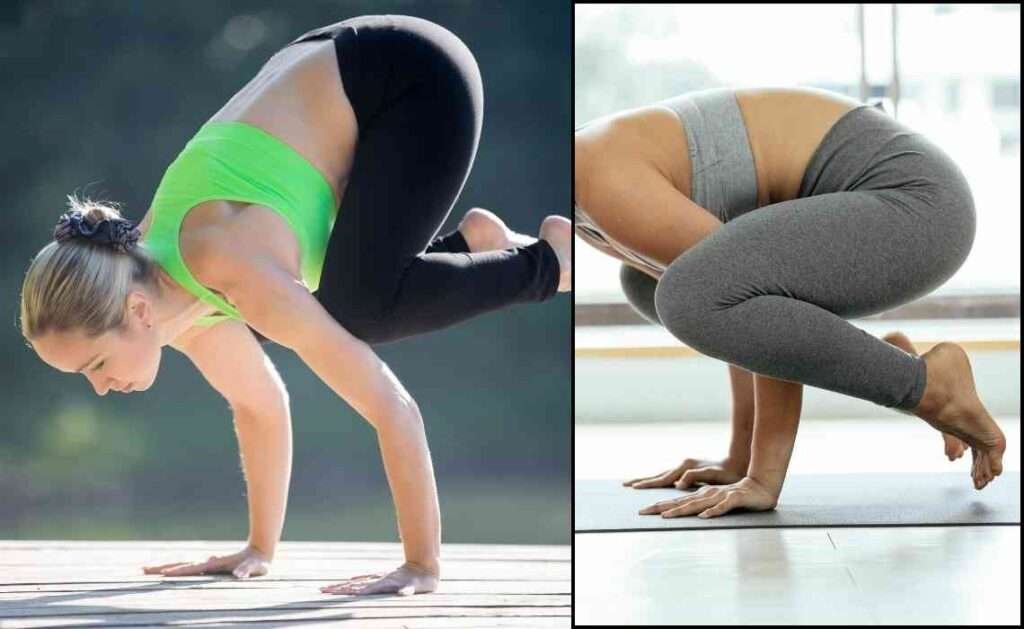
Crow Pose looks like you are balancing on your hands with your knees resting on your arms. It may sound simple, but it is very challenging.
First, you need strong arms and wrists. Without strength, you will not be able to lift your body off the ground.
Second, you need courage. Crow Pose asks you to trust your hands to hold your weight, which can be scary at first.
Third, balance is key. Even if you have strength and courage, keeping yourself steady without falling forward takes practice.
2. Headstand (Sirsasana)
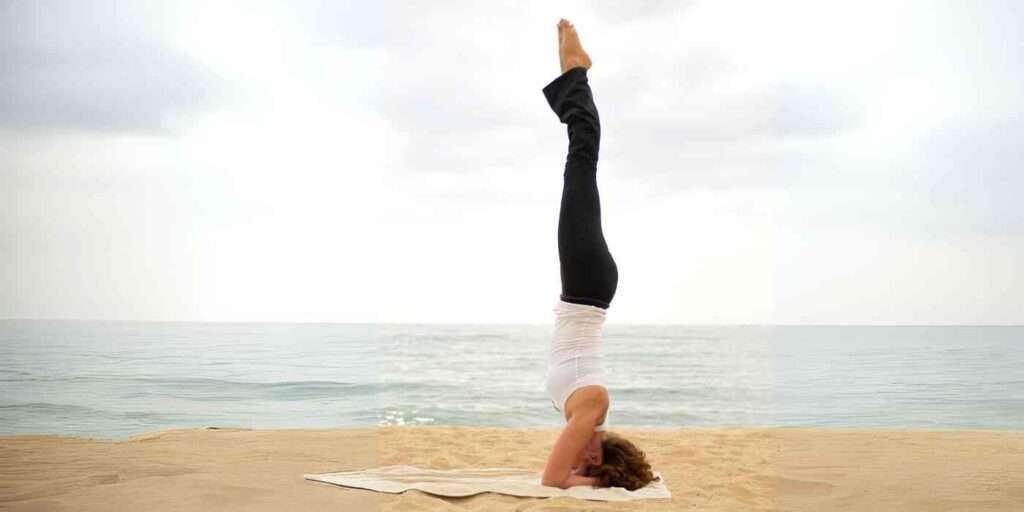
A Headstand is when you balance your whole body upside down on your head and arms. It is called the “king of yoga poses” because it has so many benefits but is very hard to learn.
First, it needs a lot of upper body and core strength. Without strong muscles, you cannot hold yourself up safely.
Second, you must have very good balance. Being upside down feels strange, and it can take time for your body and brain to get used to it.
Third, you have to overcome fear. Falling out of a headstand can be scary, so practicing near a wall at first can help you feel safe.
3. King Pigeon Pose (Eka Pada Rajakapotasana)
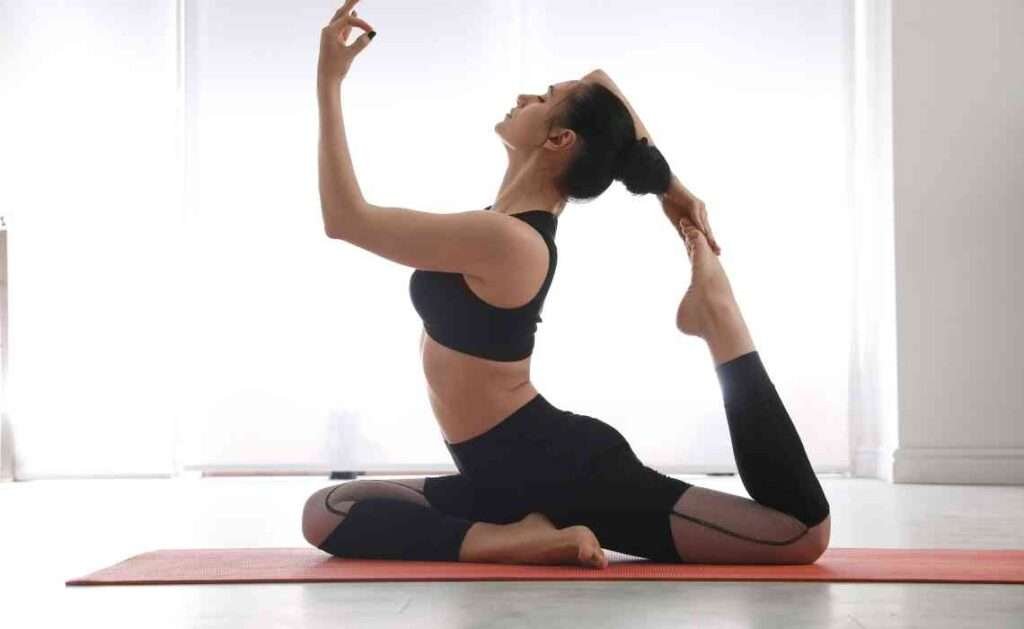
King Pigeon Pose looks beautiful, but it is extremely deep and intense.
First, it asks for deep backbending ability. Your spine needs to be very flexible to safely arch backward.
Second, your hip flexors, which are the muscles at the front of your hips, need to be open and relaxed. Tight hip flexors can make this pose feel painful instead of freeing.
Third, shoulder flexibility is needed. In King Pigeon, you reach your arms back to grab your foot, so your shoulders need to open a lot.
4. Scorpion Pose (Vrschikasana)
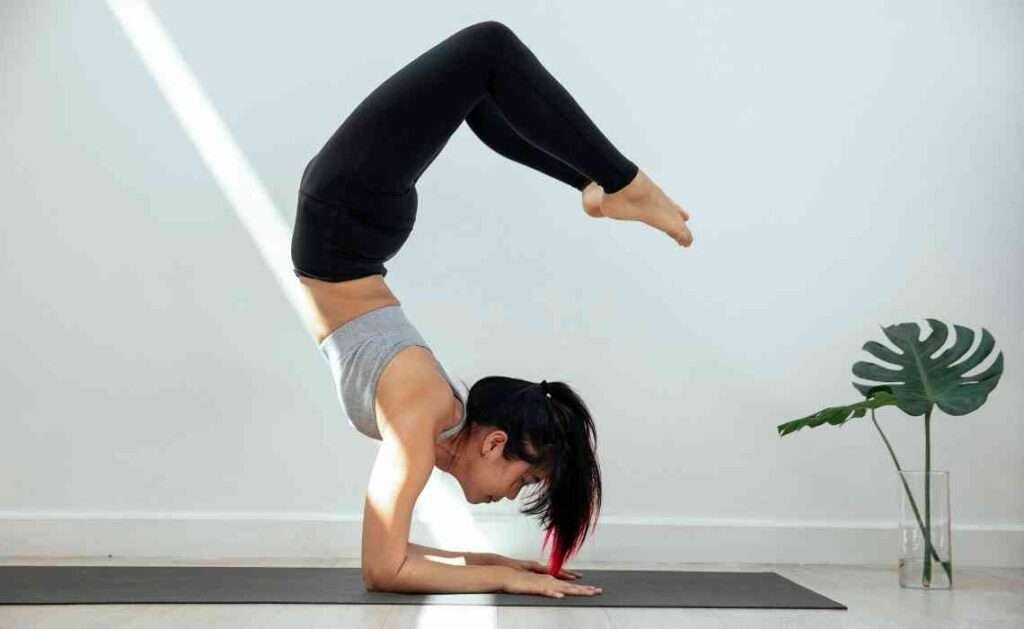
Scorpion Pose is like a mix of a handstand and a backbend. It looks amazing, but it is incredibly difficult.
First, you have to balance on your forearms instead of your hands, which demands a lot of strength.
Second, you must bend your back deeply while upside down. This is very challenging both physically and mentally.
Third, the fear of falling can stop many people from trying this pose. Building confidence slowly is important.
Tips for Beginners Trying Difficult Yoga Poses
Even though these poses are very hard, there are smart ways to work toward them without hurting yourself.
1. Warm Up Your Body First
Always warm up your body before trying tough poses. Stretch your muscles gently and move your joints through a full range of motion. Warming up helps prevent injuries.
2. Use Props and Support
Props like yoga blocks, straps, or walls can make poses safer and easier. There is no shame in using them. Even experienced yogis use props to protect their bodies.
3. Listen to Your Body
Pain is a warning sign. If something hurts badly, stop right away. Yoga should challenge you, but it should not cause sharp or intense pain.
4. Practice Consistently
Getting better at yoga takes time. Practicing a little every day is much better than doing a lot once a week. Your muscles and joints will slowly get stronger and more flexible with regular practice.
5. Be Patient and Kind to Yourself
Remember that everyone’s body is different. Some people naturally have more flexibility or strength. Comparing yourself to others will only make you feel frustrated. Enjoy your own journey.
Why The Most Difficult Yoga Poses For Beginners Are Worth the Effort
You might wonder why anyone would want to struggle with hard poses. There are many good reasons.
First, they teach patience. When you work on something that does not come easily, you learn to keep trying even when it feels hard.
Second, they build strength and flexibility. Your body gets stronger and more open the more you practice, and this can help you feel better in everyday life too.
Third, they boost confidence. Achieving a hard pose, even once, feels amazing. It shows you that you can do difficult things with effort and time.
Fourth, they improve focus and calmness. Working toward a difficult pose requires full attention, which helps quiet your mind. This calmness can spread into other areas of your life.
Yoga has many different poses, some easy and some very challenging. The most difficult yoga pose for beginners is often the Full Lotus Pose because it requires a lot of flexibility in the hips, knees, and ankles. Other poses like Crow Pose, Headstand, King Pigeon Pose, and Scorpion Pose also test strength, balance, and bravery.
The most important thing to remember is that yoga is not a race. It does not matter how quickly you can do a difficult pose. What matters is that you practice with care, patience, and kindness toward yourself.
Over time, your body will become stronger and more flexible. More importantly, your mind will become calmer and more focused. That is the true magic of yoga.
Keep practicing, stay positive, and enjoy every step of your yoga journey!



